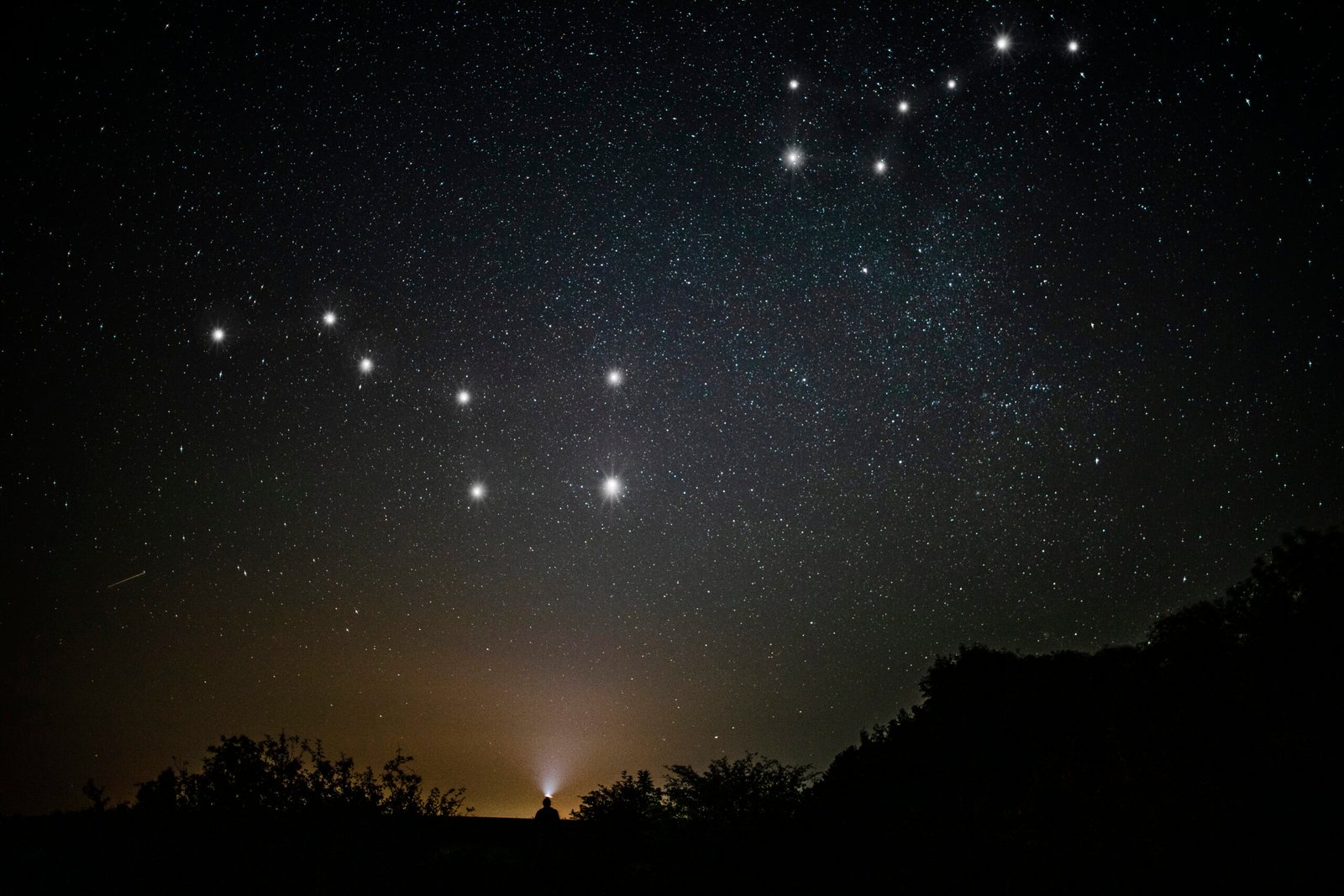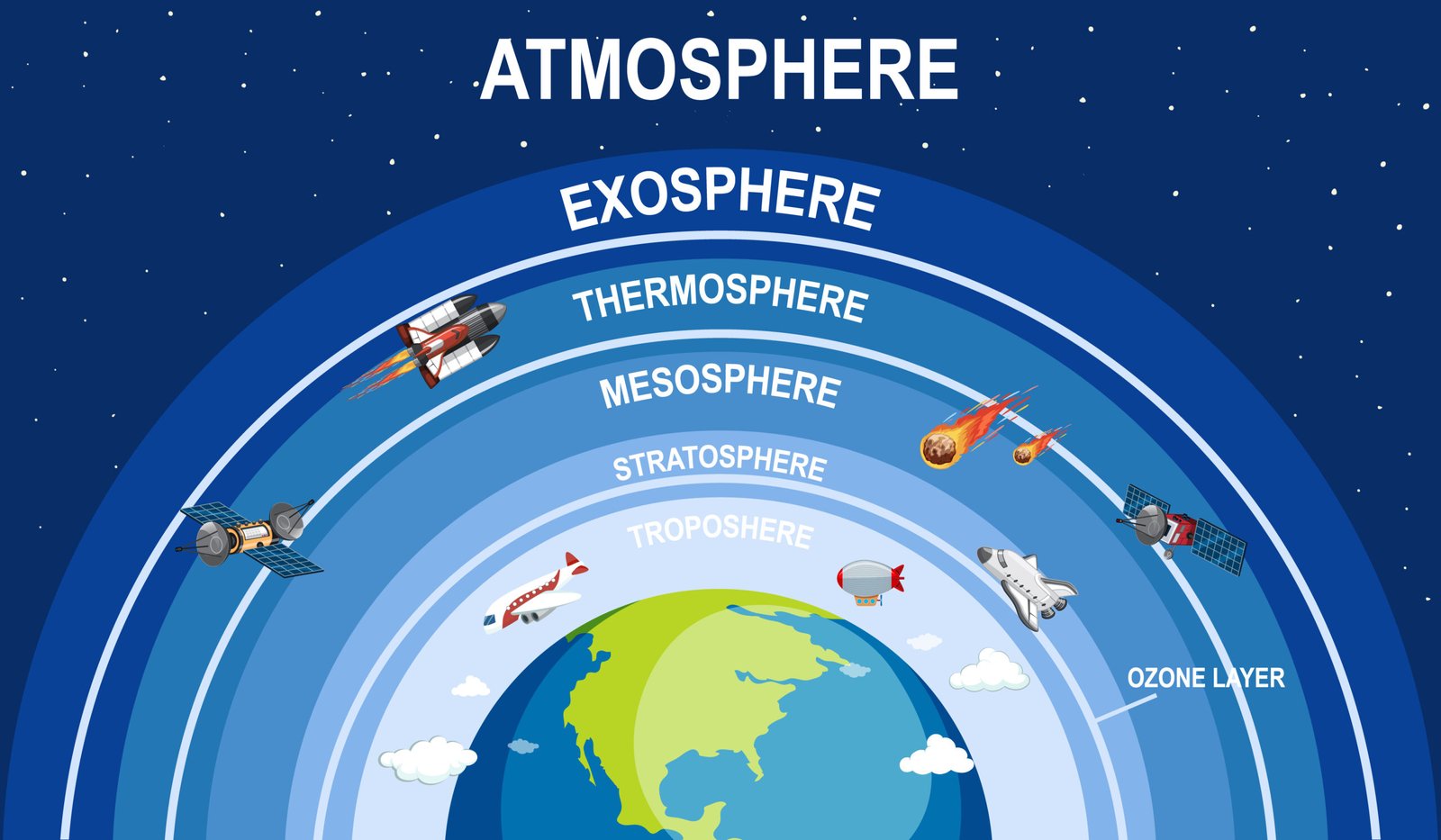
Constellations and Their Influence: Beyond the Zodiac
When people hear the word burj (constellation), they often think of the familiar zodiac signs that appear in newspapers. These…

When people hear the word burj (constellation), they often think of the familiar zodiac signs that appear in newspapers. These…

Above the breathable air we call atmosphere lies a realm of hidden guardianship, protecting life on Earth in ways we…
A Journey Through Falak, Stars, and Beyond When we look at the night sky, we see shining points of light—planets,…